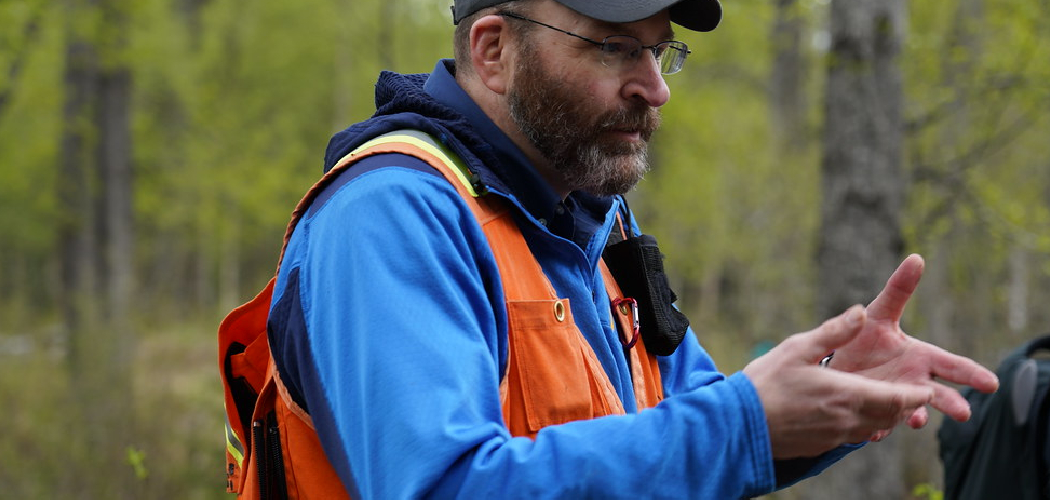When embarking on a hiking adventure, safety should always be a top priority. A safety jacket is an essential piece of equipment designed to keep you visible, protected, and prepared for unexpected conditions on the trail. Whether you’re hiking in low-light environments, during inclement weather, or in areas with dense wildlife, understanding how to properly use a safety jacket can make a significant difference in your overall hiking experience. This guide will help you withhow to use a safety jacket for hiking effectively, providing both peace of mind and enhanced protection.
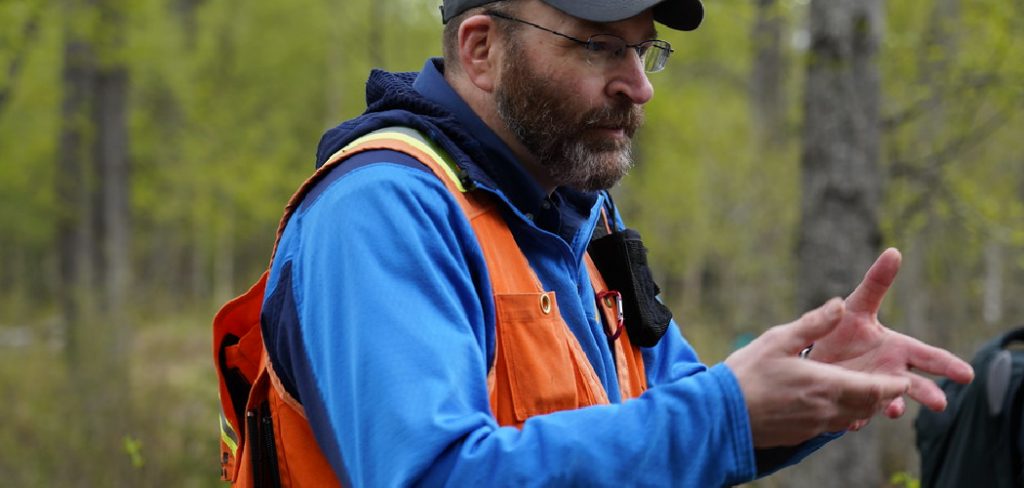
Importance of a Safety Jacket for Hiking
A safety jacket serves as a vital component of your hiking gear, offering multiple benefits that contribute to a safer and more enjoyable outdoor experience. One of its primary roles is to improve visibility, which is crucial when hiking during dawn, dusk, or in foggy and rainy conditions. High-visibility materials and reflective strips ensure that you are easily seen by others, including fellow hikers and rescue teams in case of an emergency.
Additionally, safety jackets are often designed to provide a layer of protection against the elements, such as wind, rain, and cold temperatures, helping to regulate your body temperature and keep you comfortable on the trail. They may also incorporate features like additional pockets for storage or durable fabrics that can shield you from minor abrasions or scratches when navigating through dense vegetation. Ultimately, a well-chosen safety jacket enhances both safety and convenience, making it an indispensable item for any hiking trip.
Preparing Your Safety Jacket for Hiking
Getting your safety jacket ready before a hike is essential to ensure it serves its purpose effectively. Start by checking the jacket for any signs of wear or damage, such as torn fabric, malfunctioning zippers, or faded reflective strips. If you find any issues, repair or replace the jacket to avoid compromising your safety on the trail.
Next, make sure the jacket is clean and free of dirt or debris, as this can reduce its visibility and waterproofing properties. It’s a good idea to test the fit as well, ensuring it allows for comfortable movement while accommodating any additional layers you may need underneath. Some jackets come with adjustable features like cuffs, hoods, or drawstrings—use these to customize the fit for the specific conditions of your hike. Finally, consider the weather forecast and pack your jacket accordingly, taking note of its storage requirements to ensure easy access in case conditions change suddenly. By taking these steps, you’ll be well-prepared to make the most of your safety jacket on your next outdoor adventure.
10 Methods How to Use a Safety Jacket for Hiking
1. Enhance Visibility in Low-Light Conditions
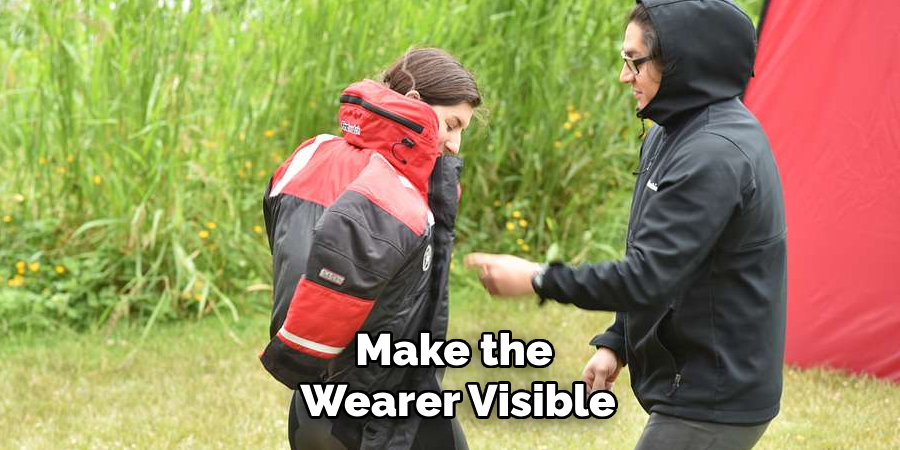
The primary function of a safety jacket is to make the wearer visible to others, especially in low-light conditions. Hiking often takes place during early morning hours, dusk, or in areas where light is sparse, such as dense woods or mountainous terrains. A safety jacket with bright fluorescent colors such as neon orange or yellow is essential in these situations. Additionally, many safety jackets feature reflective strips that help improve visibility even when headlights or flashlights are shining. When hiking on busy trails or near roads, wearing a safety jacket ensures that drivers or other hikers can easily spot you, reducing the risk of accidents.
2. Protect Against Changing Weather Conditions
Safety jackets designed for hiking are often equipped with weather-resistant features, such as windproof, waterproof, or water-resistant coatings, which can protect you from sudden changes in weather. When hiking in regions where the weather can be unpredictable, such as mountain ranges or coastal trails, it’s essential to be prepared for rain, wind, or snow. A waterproof or water-resistant safety jacket will keep you dry in a downpour, preventing hypothermia and discomfort.
3. Layering for Comfort
Hiking often involves significant physical exertion, and the ability to regulate body temperature is key to ensuring comfort throughout the day. A safety jacket can serve as a vital outer layer in your layering system, especially if the weather is cold or wet. When hiking in cooler temperatures, layering is crucial for maintaining warmth. A moisture-wicking base layer, an insulating middle layer, and a safety jacket as the outer layer will keep you comfortable while offering maximum protection from the elements.
4. Use the Jacket for Emergency Situations
In case of an emergency while hiking—whether you’re lost, injured, or stranded—a safety jacket can be a crucial tool for signaling for help. Many safety jackets come with reflective tape or bright colors that make them visible from a distance. In a situation where you need to attract attention, you can wave the jacket, hang it from a tree, or spread it on the ground to create a visual signal. The visibility of the jacket in an emergency can be the difference between being found quickly or being overlooked.
5. Provide Sun Protection
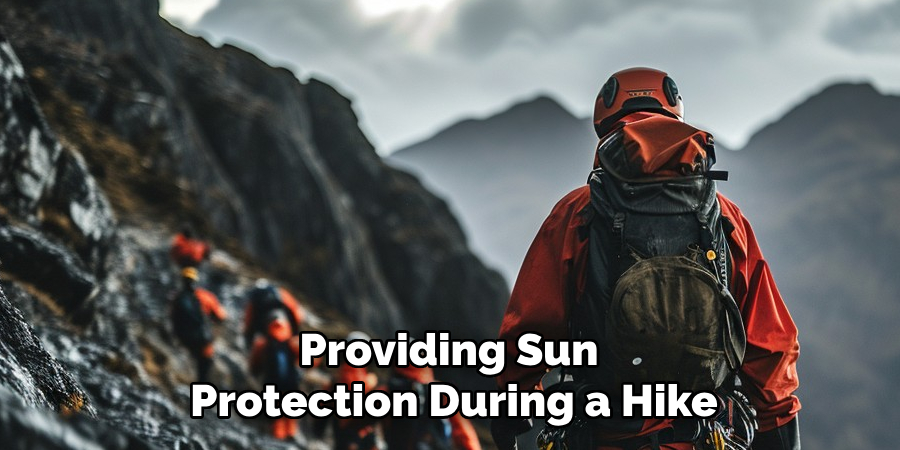
While safety jackets are typically associated with visibility, they can also be useful for providing sun protection during a hike. For long hikes in sunny environments, such as desert or high-altitude areas, prolonged exposure to the sun can lead to heat exhaustion or sunburn. A lightweight safety jacket with UV-resistant fabric can offer an additional layer of protection against harmful UV rays. Additionally, wearing a jacket can protect your arms, neck, and shoulders from sunburn, particularly if you’re hiking at higher elevations where the sun’s rays are more intense. This can reduce the risk of skin damage and help keep your body cool.
6. Use as a Windbreaker
On windy trails, a safety jacket can function as a windbreaker, preventing the chill from the wind from affecting your body temperature. High winds, especially at higher altitudes, can rapidly lower your body temperature and cause discomfort. A safety jacket with wind-resistant features or a windproof membrane will block the wind and help you retain warmth, particularly in the chest and core areas. Wearing the jacket as your outermost layer allows it to act as a shield, keeping the wind from cutting through your other layers of clothing. This will help you stay comfortable even when hiking in gusty conditions.
7. Packability for Long Hikes
For long-distance hikes or multi-day treks, it’s essential to carry gear that is both practical and lightweight. Many safety jackets designed for hiking are built to be compact and easily packable. These jackets can be folded or rolled into a small bundle and stored in a backpack without taking up much space. This feature is especially useful for longer hikes when you may not need the jacket all the time, but it’s essential to have it in case of changing weather or visibility issues.
8. Create a Layered System for Extreme Conditions
In extreme conditions such as winter hikes, a safety jacket can serve as the outermost layer in a multi-layered clothing system. For these conditions, you’ll need to wear a combination of thermal undergarments, insulating layers, and a safety jacket to ensure you stay warm, dry, and protected. A safety jacket with high insulation properties or a thermal lining can help trap heat and provide additional warmth in sub-zero temperatures.
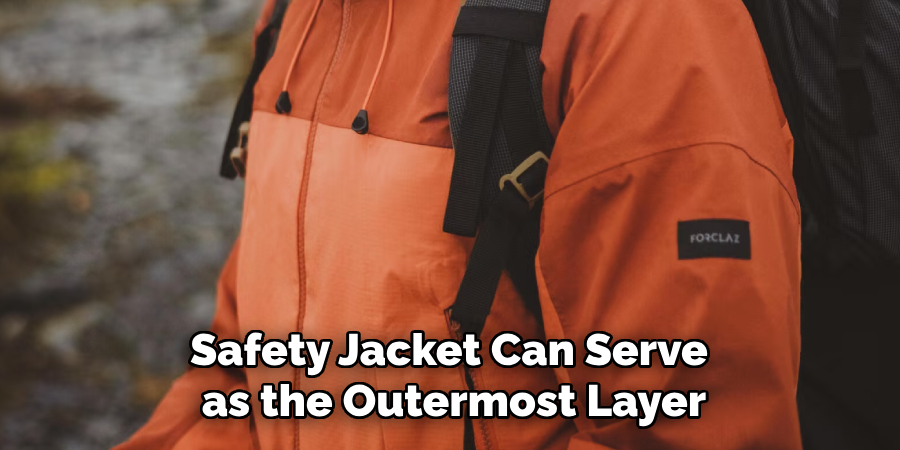
9. Optimize Comfort with Adjustable Features
Comfort during a hike is essential to avoid chafing, irritation, or distraction. Many safety jackets are designed with adjustable features, such as elastic cuffs, drawstrings at the waist, and ventilation zippers that allow you to modify the fit and breathability. These adjustments help ensure the jacket fits comfortably, providing full mobility while also regulating body temperature. If the weather turns hot, you can open the ventilation zippers to allow for airflow and avoid overheating. Similarly, tightening the drawstrings can help retain warmth in cooler weather.
10. Use the Jacket as a Storage Solution

Safety jackets often come equipped with multiple pockets, providing convenient storage space for small hiking essentials such as snacks, a map, a compass, a phone, or a first aid kit. These pockets allow you to store these items close to your body, providing easy access without needing to stop and retrieve them from your backpack. Having your essentials stored in the jacket’s pockets allows you to stay on the move, making your hike more efficient and reducing the need to take off your backpack for minor tasks.
Conclusion
A safety jacket is an essential tool that offers multiple benefits for hikers, ranging from enhanced visibility to weather protection and comfort. By using the jacket in various ways, such as for layering, emergency signaling, or sun protection, hikers can improve both safety and comfort on their journeys. Whether you’re hiking in the mountains, on a city trail, or across open fields, the versatile functionality of a safety jacket ensures that you’re prepared for any situation. Thanks for reading, and we hope this has given you some inspiration on how to use a safety jacket for hiking!

